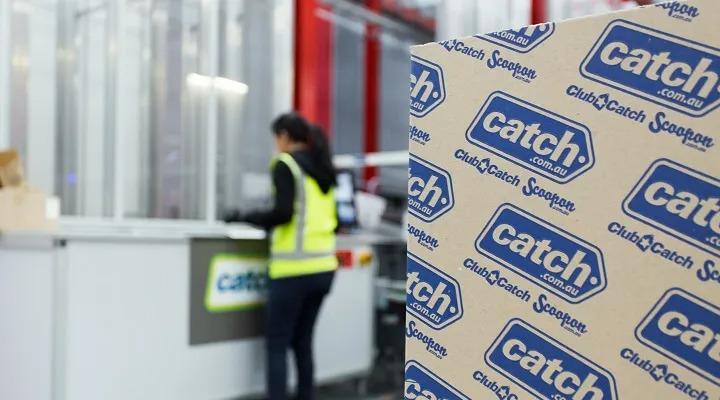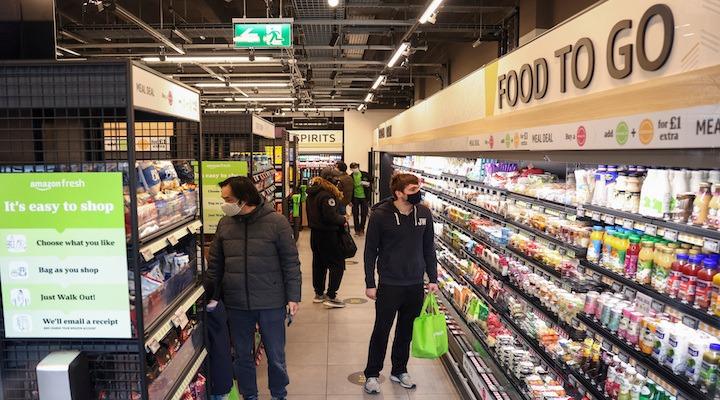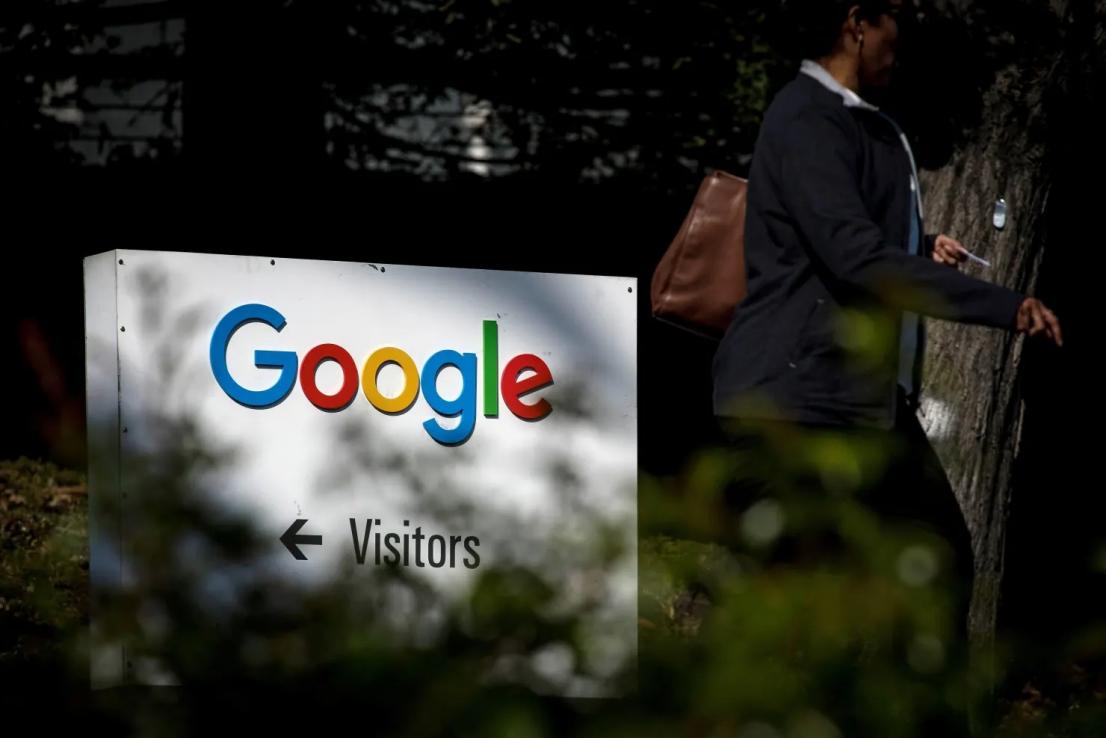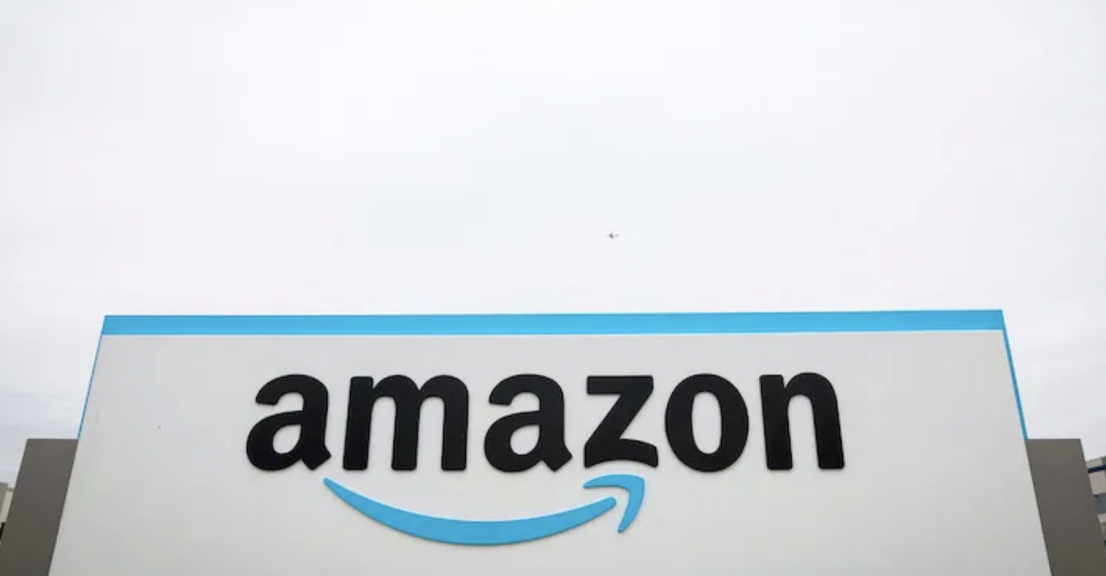
Kogan.com Limited has reported an inventory reduction in-warehouse of 39% since June 30, 2022, buoyed by unprecedented discounting that has impacted gross profit and gross margin.
Inventory has been reduced to $98.3 million (comprising $84.1 million in-warehouse and $14.2 million in transit) as at December 31, 2022, from $159.9 million (comprising $137.9 million in-warehouse, and $22.0 million in transit) as at June 30, 2022.
The reduction in inventory did result in reduced operating costs across both warehousing and marketing, and supported a growth in net cash (after loans and borrowing) to $74 million - after having funded the Mighty Ape Tranche 3 payment ($14.2 million), repaid loans and borrowings of $25 million and successfully acquired online homeware brand Brosa.
Having now cleared through the bulk of this excess inventory, Kogan said it will continue optimising operating costs and streamlining the business to return to the levels of operating margins previously delivered prior to the COVID-19 pandemic.
The Company expects gross margins to improve from January 2023, and to further optimise operating costs progressively through the second half of the financial year.
Meanwhile, the half saw Kogan First subscribers grow to 404,512 by December 31, 2022 (47.6% growth year-on-year) and Kogan Mobile Australia reach the most ever Active Customers in its history (4.2% growth year-on-year).
However, Kogan reported that the reflected subdued sales activity for the Company, whilst cycling a half in the prior year that was impacted by COVID-19 lockdown orders.
Kogan.com founder and CEO Ruslan Kogan said the impacts of inflation and interest rates have begun to affect the lives of Australians and New Zealanders.
“We’ve been growing Kogan.com for more than 16 years now, so we’ve been through many cycles, and we know that when customers are watching their costs carefully, eCommerce becomes even more important,” Kogan said.
“Since Kogan.com launched out of a garage in 2006, we’ve been obsessed with making the most in-demand products and services more affordable. We are proud to be making that possible for our millions of customers and the growing base of loyal Kogan First Subscribers.
For the half, Kogan.com reported a gross sales amount of $471.1 million, down 32.5% year-on-year, said to be impacted by soft trading condition. It achieved a gross profit of $62.9 million.
Variable costs as a percentage of gross sales reduced to 7.6% in the first half of FY23 from 8.5% in the prior corresponding period.









